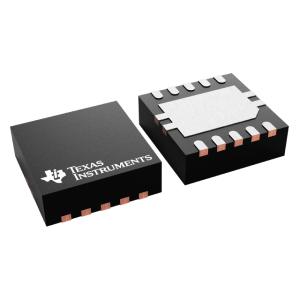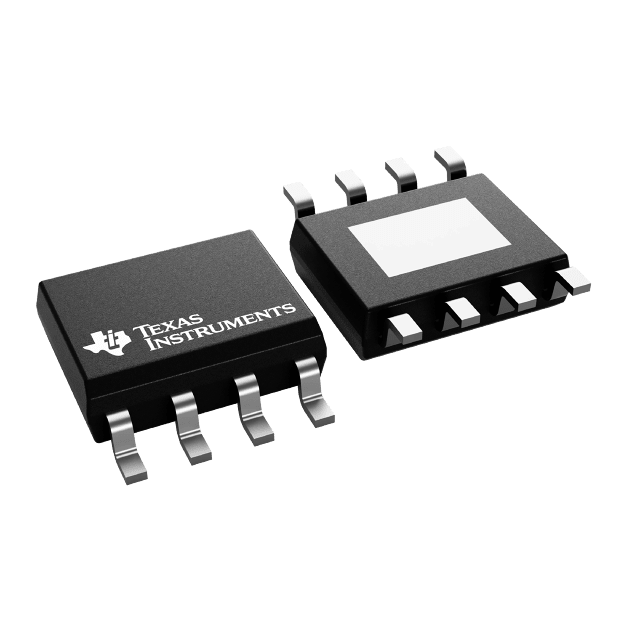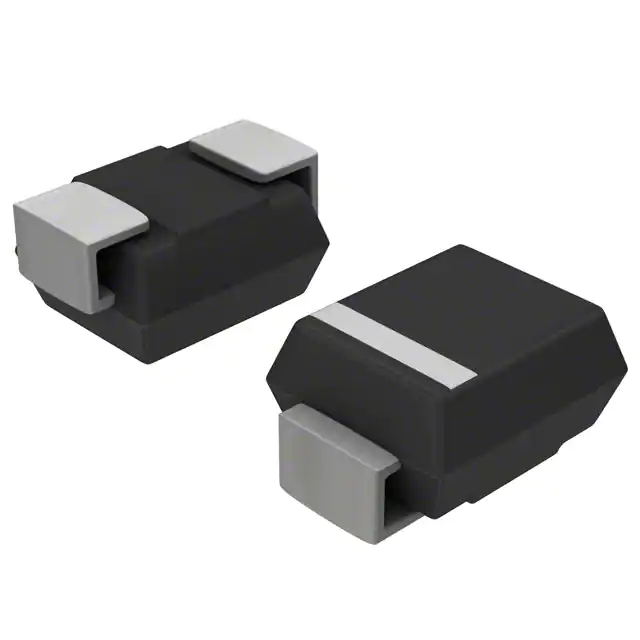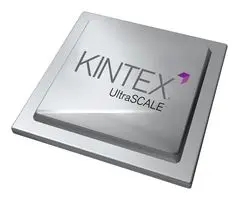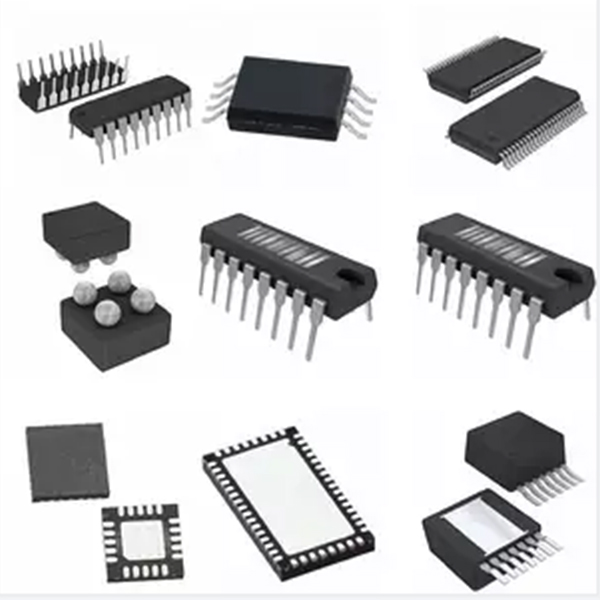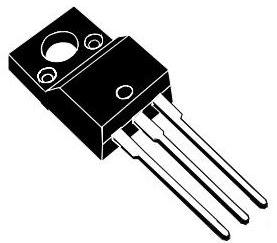Wholesales Original Part Distributor IC Chip TPS62420DRCR IC Chip
Product Attributes
| TYPE | DESCRIPTION |
| Category | Integrated Circuits (ICs) |
| Mfr | Texas Instruments |
| Series | - |
| Package | Tape & Reel (TR)
Cut Tape (CT) Digi-Reel® |
| SPQ | 3000 T&R |
| Product Status | Active |
| Function | Step-Down |
| Output Configuration | Positive |
| Topology | Buck |
| Output Type | Adjustable |
| Number of Outputs | 2 |
| Voltage - Input (Min) | 2.5V |
| Voltage - Input (Max) | 6V |
| Voltage - Output (Min/Fixed) | 0.6V |
| Voltage - Output (Max) | 6V |
| Current - Output | 600mA, 1A |
| Frequency - Switching | 2.25MHz |
| Synchronous Rectifier | Yes |
| Operating Temperature | -40°C ~ 85°C (TA) |
| Mounting Type | Surface Mount |
| Package / Case | 10-VFDFN Exposed Pad |
| Supplier Device Package | 10-VSON (3x3) |
| Base Product Number | TPS62420 |
With the rapid growth of LED lighting in automotive electronics, new LED challenges have arisen. This article describes the main constraints faced by today's lighting power designers and explores how these can be addressed with MPS' new automotive LED module - the MPM6010-AEC1 3.
The advantages of long life, small size, and low power consumption of LEDs fit perfectly with the needs of today's environmentally friendly vehicles and have contributed to the popularity of LEDs in automotive lighting. From ambient lighting, signal indicators, and digital screen backlighting in the interior of a car to turn signals, brake lights, fog lights, and daytime running lights on the outside of a car, LEDs are already used everywhere inside and outside. In the near future, LEDs are also expected to replace halogen or xenon-based high-powered headlights.
Today's automotive lighting engineers face a number of technical challenges in designing LEDs to be smaller and more unique, while at the same time improving reliability, immunity to electromagnetic interference, and optimizing thermal performance.
High reliability is pivotal in automotive engineering, and this is particularly important in exterior vehicle lighting, on which the status of the vehicle (turning, stopping, alarms, etc.) depends. The general principle of maximizing reliability is to minimize the number of components on the board: the fewer the components, the fewer potential points of failure, and the less material required. The simpler the design, the easier it is to commission and bring to market.
In addition, as LED systems shrink, the associated electronics that drive them must also shrink. One common way to achieve smaller board designs is to increase the switching frequency of the driver, thereby reducing the size of the associated inductors and capacitors. However, higher switching frequencies cause a steep increase in electromagnetic interference; the squared relationship between electromagnetic interference and switching frequency means that doubling the switching frequency increases electromagnetic interference fourfold. To solve this problem, designers must optimize the circuit layout and select low-loss components while minimizing the sensitive loops where transient currents are active; these sensitive paths typically contain switches, energy storage inductors, and decoupling capacitors. Another way to reduce EMI is to add metal shielding, which of course comes with a significant increase in cost, which is unacceptable for the price-sensitive lighting market.
Furthermore, although LEDs are less powerful than halogen or incandescent lamps, thermal management is still a major issue as it is directly related to the life expectancy of the LED. LEDs are known for their hundreds of thousands of hours of operation, but high junction temperatures can cause their life to plummet, and the harsh climatic conditions in which vehicles may operate can further reduce LED life.






.png)
-300x300.png)
